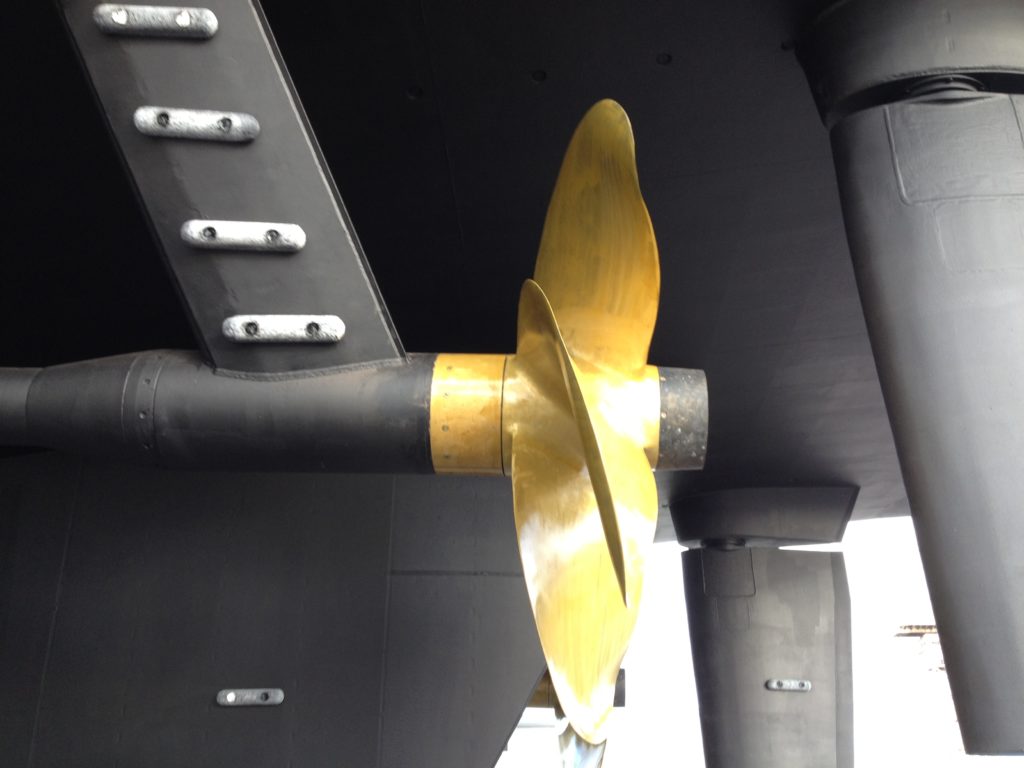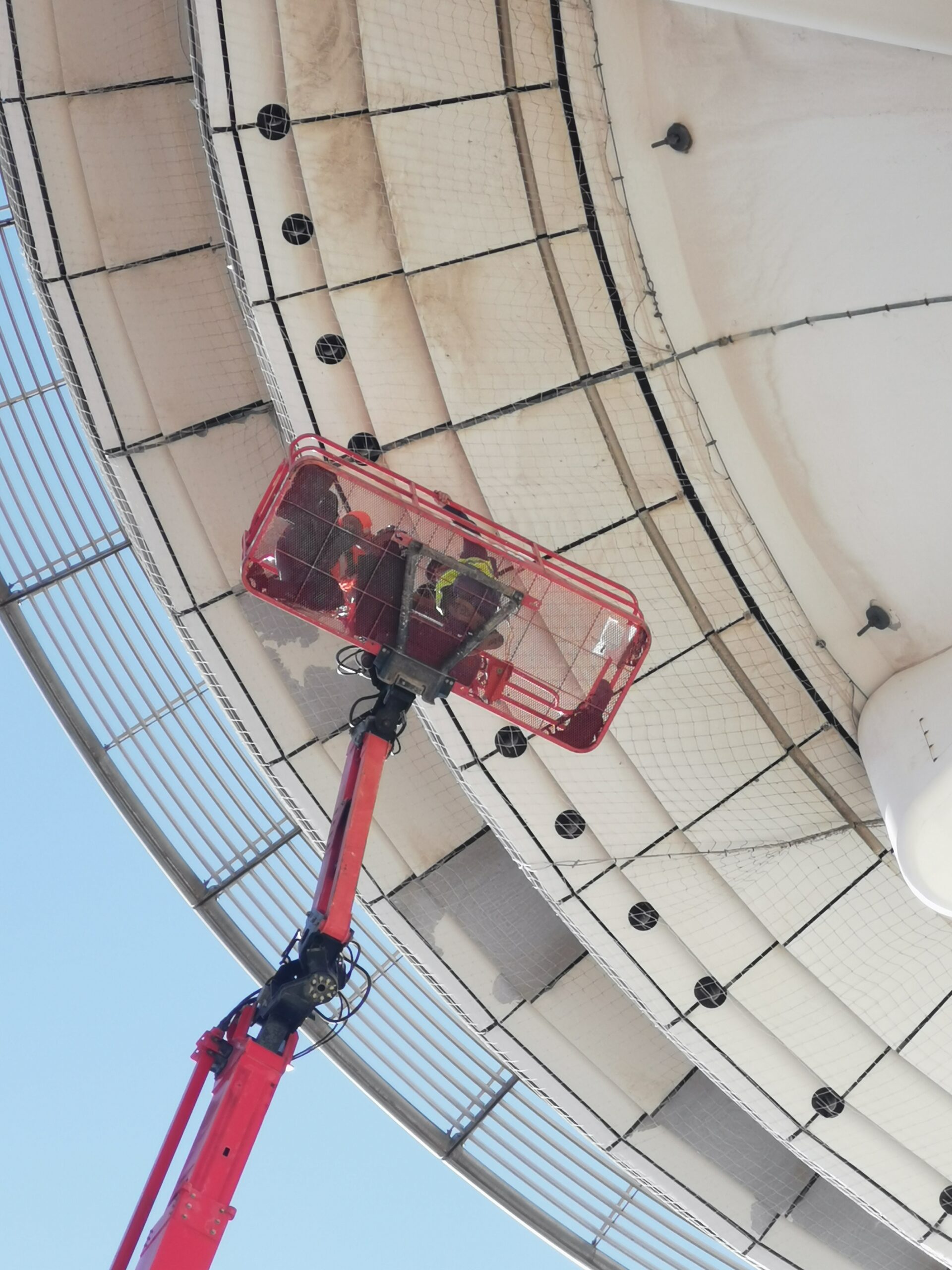Naval constructions


As with port infrastructures, naval constructions present corrosion pathologies related to the different ‘marine environments’ encountered by the various parts. Thus, the under works and upper works of ships are inspected according to a rigorous protocol with regard to the environmental conditions, materials and the protection systems employed (passive protection or active protection).
On-site diagnostics and expertise
- Visual and photographic inspections : examination of corrosion pathologies, realisation of surveys in collaboration with diving teams.
- Non-destructive measurements (ultrasound and acoustic emission) : measurement of the thickness of the residual metal, measurement of paint thickness, detection and mapping of localised corrosion, real-time monitoring of corrosion.
- Electrochemical measurements : measurement and monitoring of the corrosion potential of submerged structures, measurement of the corrosion rate.
- Control of cathodic protection systems by impressed current or by galvanic anodes (personnel certified by AFNOR, land and seawater sectors, levels 1 and 2).
- Physico-chemical measurements : measurement of temperature, pH, concentration of dissolved oxygen, conductivity and salinity.
- Sampling for chemical analysis (metal composition, corrosion products) and for mechanical testing (hardness, tensile strength and fatigue resistance).
Laboratory analysis
In collaboration with the LERM in Arles
- Microstructure and metallographic analysis : sample preparation, polishing, chemical etching, examination by stereoscopic microscope and by optical and electron microscopy.
- Characterisation of metals : spark spectrometry, X-ray fluorescence, mechanical testing, weldability studies.
- Chemical characterisation of corrosions products : X-ray adsorption spectrometry, X-ray diffraction, analysis of trace elements by ICP.
- Electrochemical measurements : polarisation curves, impedancemetry, polarisation resistance (corrosion rate).
Study / synthesis
- Studies : Recommendations, assistance with drafting specific technical clauses, recommendations concerning protective coatings (personnel certified anticorrosion inspector ACQPA/FROSIO Level III), dimensioning of cathodic protection systems using impressed currents or galvanic anodes (personnel certified by AFNOR, land and seawater sectors level 3, cement level 2).
- Synthesis : intervention reports, summary notes, bibliographic studies, scientific and technical publications.

Example of cathodic protection with anodes on a boat hull







